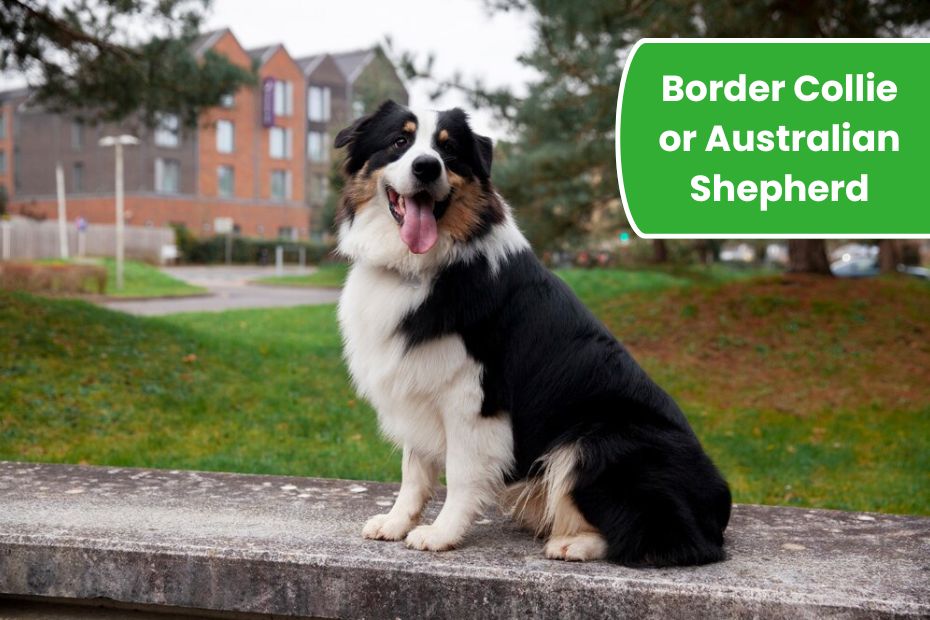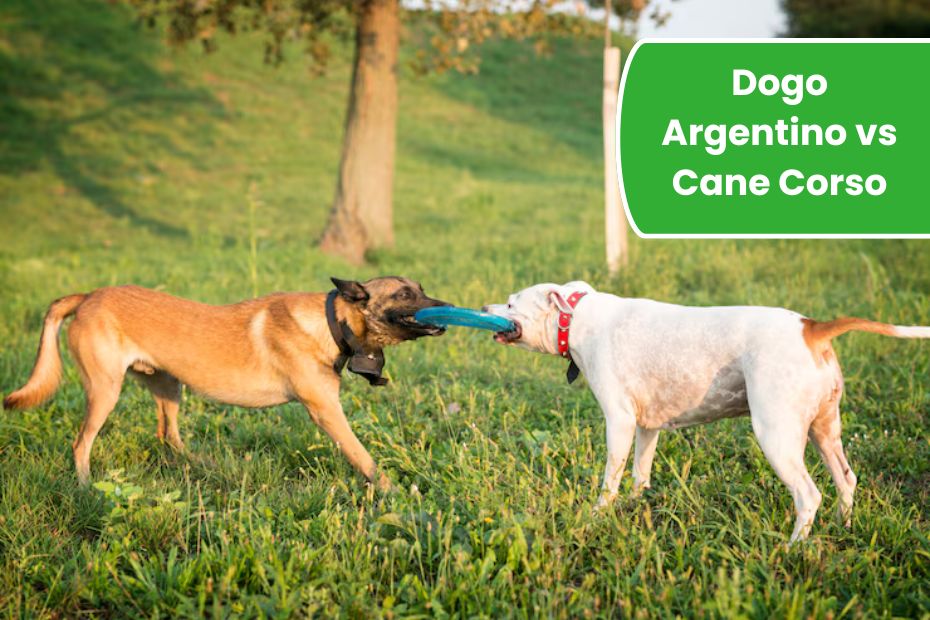Dogs are known for their loyalty and companionship. However, some breeds form such intense bonds with their owners that being left alone triggers distress, leading to separation anxiety. This behavioral issue can result in destructive habits, barking, or depression. Certain breeds are genetically wired to need more human interaction, making them especially vulnerable. This article explores the 9 dog breeds most prone to separation anxiety, the reasons behind their sensitivity, and tips to support them.
1. Labrador Retriever
Labrador Retrievers are among the most affectionate breeds. Bred for hunting and working alongside humans, they crave constant interaction. Labs often display behaviors like chewing, barking, or pacing when left alone.
Key Traits Contributing to Anxiety:
- High need for companionship
- Energetic and playful
- Easily bored without mental stimulation
Tips:
Provide puzzle toys, exercise before leaving, and practice short departures to ease their anxiety.
2. Border Collie
Intelligent and energetic, Border Collies are working dogs that need mental stimulation and tasks to stay balanced. Without these, they may develop destructive behaviors when alone.
Why They Suffer:
- Overthinking tendencies
- Need for purposeful activity
- Strong bond with owners
Support Strategy:
Leave them with interactive toys and consider doggy daycare or dog-walking services.
3. German Shepherd
German Shepherds are loyal protectors who thrive on routine and human presence. When isolated, they may resort to howling, chewing, or pacing.
Traits Behind the Anxiety:
- Strong loyalty instincts
- Desire to protect the family pack
- Sensitive to changes in routine
Management Tip:
Establish a stable routine and provide chew-resistant toys to redirect anxiety.
4. Cavalier King Charles Spaniel
Bred solely as companion dogs, these affectionate Spaniels dislike being left alone for extended periods. They can develop depression and exhibit symptoms like excessive barking or toileting indoors.
What Makes Them Prone:
- Velcro-dog personality
- Thrive on lap time and affection
- Not suited for long workdays
Tip:
They do best in homes where someone is present most of the day or with another pet companion.
5. Bichon Frise
This fluffy breed is playful, cheerful, and thrives on human attention. Bichons may act out by barking, scratching doors, or urinating indoors when left alone.
Causes of Anxiety:
- Social, clown-like breed
- Poor tolerance for loneliness
- Prone to developing bad habits when bored
Support Strategy:
Gradual desensitization to alone time can help, along with consistent routines and comfort objects.
6. Australian Shepherd
Another highly intelligent working breed, the Australian Shepherd requires physical and mental stimulation. Left alone too long, they often become anxious and destructive.
Factors Behind the Anxiety:
- High exercise needs
- Strong desire for tasks and interaction
- Attachment to family members
Tip:
Daily rigorous exercise and puzzle games help channel their energy positively.
7. Cocker Spaniel
Cocker Spaniels are sensitive, emotional dogs bred to work closely with humans. When left alone, they may suffer from depression, excessive barking, or even self-harm.
Reasons for Separation Anxiety:
- Emotional sensitivity
- Low tolerance for solitude
- Attachment to family routines
Tip:
Invest in calming toys and soothing background noise, like TV or radio, during absences.
8. Italian Greyhound
Italian Greyhounds form intense attachments to their owners. These delicate dogs can become extremely anxious when left alone, often leading to accidents in the house.
Why They Suffer:
- Fragile, dependent personality
- Dislike sudden changes in routine
- Thrive on physical closeness
Tip:
Use gradual training to increase tolerance for alone time and provide soft, cozy spaces.
9. Vizsla
Known as the “Velcro dog,” Vizslas are highly attached to their humans. They dislike being left behind and may develop anxiety-driven behaviors like chewing, digging, or howling.
Key Traits Leading to Anxiety:
- Intense desire to be near owners
- Athletic, high-energy breed
- Thrive on closeness and activity
Support Strategy:
Ensure daily exercise, play sessions, and consider crate training to provide a safe, familiar space when alone.
Quick Glance at Breeds Prone to Separation Anxiety
| Rank | Breed | Traits That Contribute to Anxiety | Tips to Manage Anxiety |
|---|---|---|---|
| 1 | Labrador Retriever | Loyal, energetic, companion-driven | Exercise, puzzle toys, gradual alone training |
| 2 | Border Collie | Intelligent, task-driven, overthinkers | Interactive toys, doggy daycare |
| 3 | German Shepherd | Loyal, protective, sensitive | Routine, chew toys, structured activities |
| 4 | Cavalier King Charles Spaniel | Velcro-dog, affectionate | Companionship, avoid long absences |
| 5 | Bichon Frise | Cheerful, social, playful | Routines, comfort items, desensitization |
| 6 | Australian Shepherd | Energetic, task-focused | Exercise, games, consistent routines |
| 7 | Cocker Spaniel | Sensitive, emotional | Calming toys, soothing sounds |
| 8 | Italian Greyhound | Fragile, dependent, clingy | Gradual alone training, cozy safe spaces |
| 9 | Vizsla | Velcro-like, athletic, affectionate | High activity, crate training, routines |


